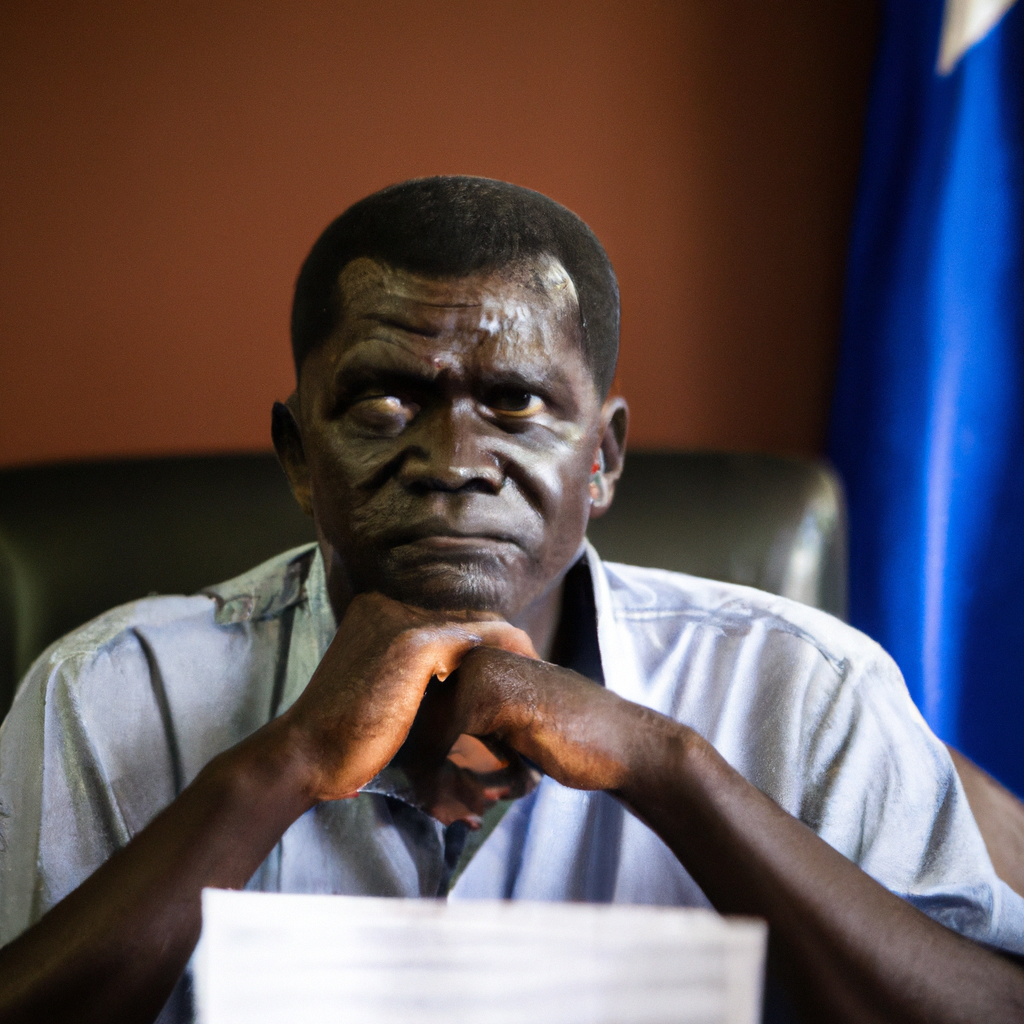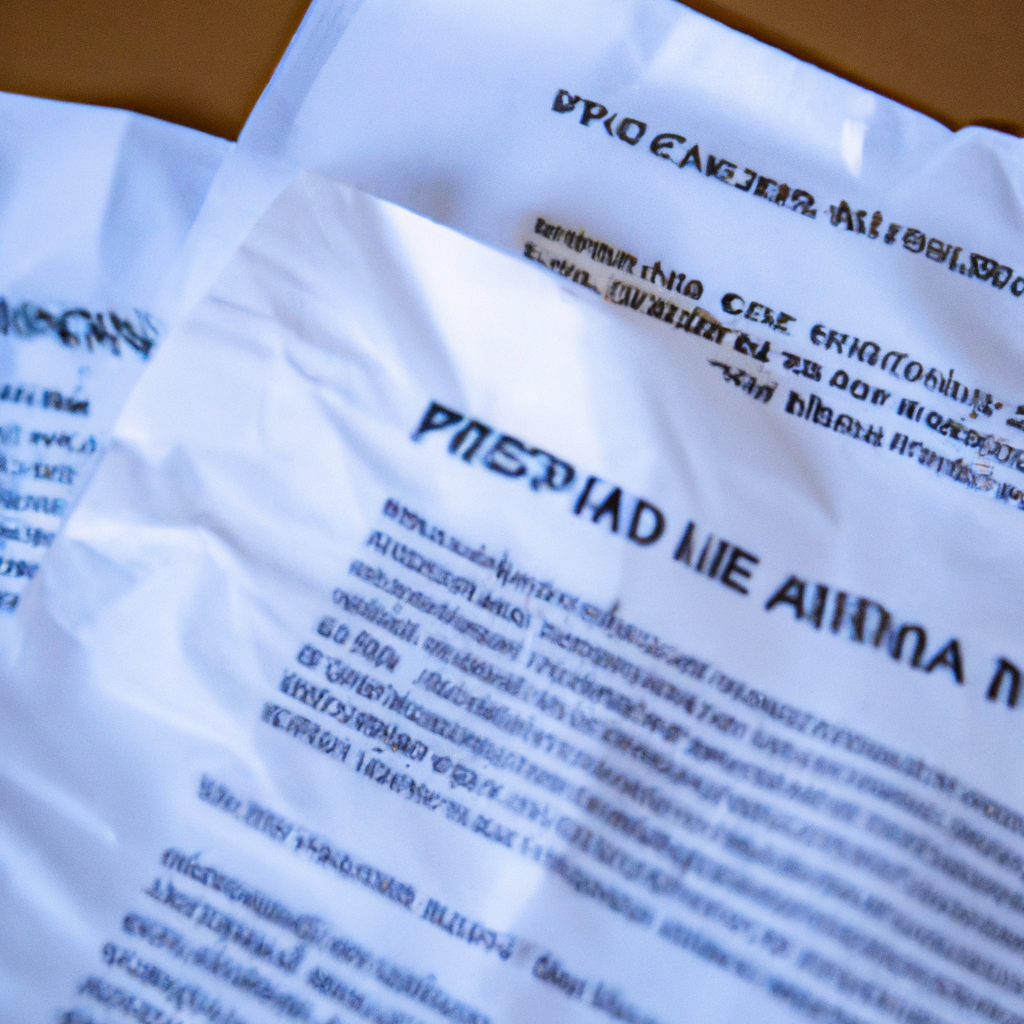Uganda and South Sudan have successfully secured funding amounting to $153.66 million, aimed at enhancing power interconnection between the two nations. This collaborative effort is backed by the African Development Bank (AfDB), which recognizes the need for robust energy infrastructure to promote trade and facilitate economic growth in the region. The funds will primarily focus on constructing transmission lines that will enable electricity trade and improve energy access. This project is expected to significantly benefit both countries by stabilizing power supply and supporting industrial development.
Importance of Power Interconnection
The energy interconnection initiative is a strategic move that aims to strengthen the regional energy market. Uganda has a growing surplus of electricity, primarily from hydroelectric power sources, while South Sudan faces challenges in energy generation and distribution. By linking the two countries’ power grids, Uganda can export excess power to South Sudan, potentially lifting the latter’s energy challenges.
Local officials from both governments express optimism about the project’s potential to transform the energy landscape. The agreement showcases increased regional collaboration, especially in a time when many East African nations are working towards achieving energy independence and sustainability.
Funding Details and Project Scope
The funding secured for this project will cover various aspects, including:
- Construction of transmission lines between Uganda and South Sudan
- Enhancements of transforming substations
- Installation of necessary power infrastructure to support energy trade
This interconnection project falls under the broader East African Power Pool (EAPP) initiative, which aims to foster interconnectivity among member states. The EAPP framework allows neighboring countries to share electricity resources, contributing to a more sustainable and reliable energy supply across the region.
The implementation of this power interconnection will be overseen by the respective utility authorities from both countries, ensuring that the project aligns with national energy policies and regulations. Additionally, the involvement of the African Development Bank brings a wealth of experience in energy projects, which will be crucial for successful execution.
Economic Implications for Uganda and South Sudan
The implications of this project extend beyond mere electricity supply. For Uganda, the ability to export surplus electricity enhances its position as a regional energy hub. This will attract investments in various sectors, particularly in manufacturing and agriculture, creating jobs and stimulating economic growth.
In South Sudan, the availability of reliable electricity will foster development in several vital sectors such as health, education, and infrastructure. Improved energy access can lead to better health services, increased educational opportunities, and enhanced economic productivity, necessary for long-term stability and growth.
Conclusion and Future Prospects
The interconnection project between Uganda and South Sudan represents a significant step towards realizing the vision of an integrated energy market in East Africa. This collaboration not only emphasizes regional solidarity but also presents opportunities for future partnerships in other areas of infrastructure, trade, and investment.
As both countries work on the implementation phase, it will be vital to monitor progress and ensure that the benefits reach the intended communities. If successful, this project could set a precedent for other East African nations to enhance their energy connectivity, paving the way for a more interconnected and energy-secure future. With the ongoing focus on sustainable development, the implications of the Uganda-South Sudan power interconnection could resonate throughout the region, contributing to broader economic development goals.








